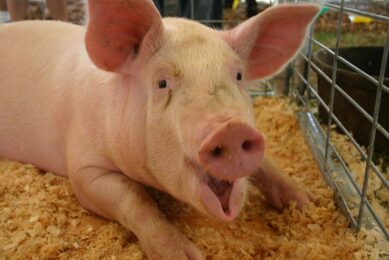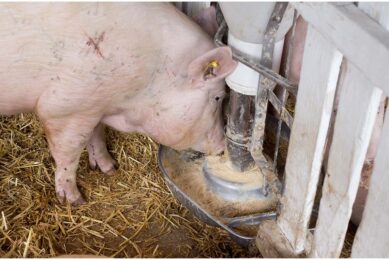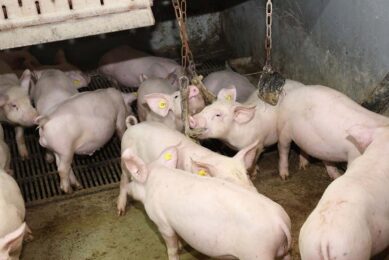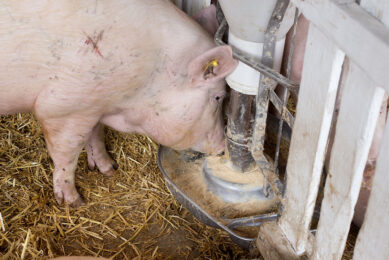Legs – a recurring problem
From world data it seems that too many sows are not making it to a fourth parity. Leg problems are the secondmost reason for a premature culling of sows, after reproductive problems. There are definitely ways to deal with it.
Legs – a recurring problem
Leg problems is still the secondmost reason for premature culling of sows, after reproductive problems.
After several recent trips to hot humid countries, legs was a common theme for discussion over the railings. On return I had to prepare some figures for a paper I’m giving on Sow Longevity for an American conference.
From world data it seems that too many sows are not making it to a fourth parity. I calculate that on the economics of most pig industries worldwide this reduces the potential lifetime income of a sow between a third to a half – which is a considerable waste of investment and skill.
Robust legs
So are the seedstock houses tending to breed gilts with insufficiently robust legs?
Generally not, although at the back of my mind I’m a little cautious about those very fine-boned legs which they prefer as it goes well with good feed conversion in the progeny.
When working with Britain’s largest breeding farm of the time I had to select many thousands of gilts – and got quite good at it to judge by the requests from local farmers to do the job for them too; the spare-time cash came in useful as well!
Oval
I tended to go for a slightly more oval cross-section to the leg bones than the streamlined shape we all favour today, as we seemed to get less leg problems – and especially joint problems – in our somewhat heavy and milky matrons.
I certainly avoided poorly-sprung pasterns and a tendency to stand ‘tippitoes’ – a feature of some meaty North American breeds and which I still see in hot countries and parts of North America.
No, don’t blame the breeding companies, as floor maintenance, infection and possibly nutrition of the gilt in particular must be important contributory factors on the farms I visit where the subject of legs is in the frame.
Gilt-rearing diet
I have long been in favour of a special gilt-rearing diet. The first two above are self-evident/ remedying and I’ve always supported a special rather more expensive gilt-rearing diet angled nutritionally towards what the scientists know about legformation, which is probably not enough?
And in slowing the gilt down to grow steadily towards first service so that her pins are mature and robust enough to withstand the heavy demands on her physiology which her first few litters will demand.
‘Gilt Selection Route-Map’
Incidentally, my five years experience of selecting gilts commercially encouraged me to publish a ‘Gilt Selection Route-Map’ round the gilt’s body which any scrutineer can use in any language.
Look for it in an article on ‘Legs’ in this journal shortly, as it attempts to turn a rather subjective approach into a more disciplined one, culminating in a target score below which the gilt doesn’t pass.
In my early days I found I was missing some things which the boss picked up when the gilts arrived home.
‘Needs must when the Devil drives’, as the old saying goes. And he was a bit of a devil!
Join 18,000+ subscribers
Subscribe to our newsletter to stay updated about all the need-to-know content in the pigsector, three times a week. Beheer
Beheer










 WP Admin
WP Admin  Bewerk bericht
Bewerk bericht